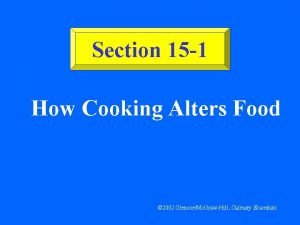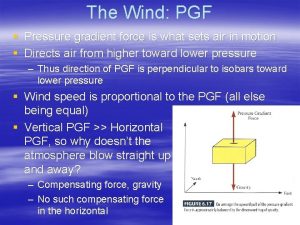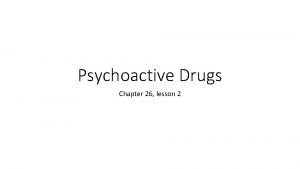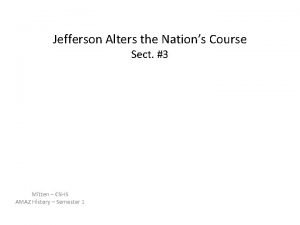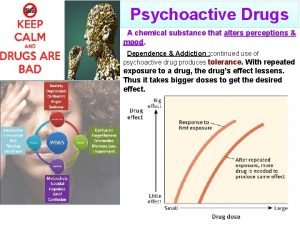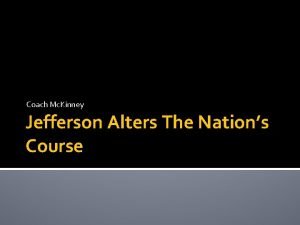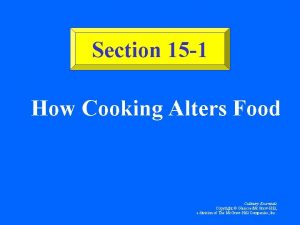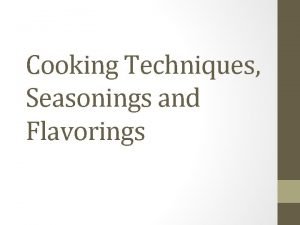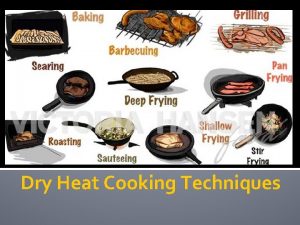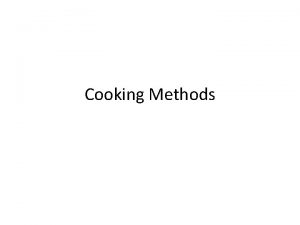Section 15 1 How Cooking Alters Food 2002






- Slides: 6

Section 15 -1 How Cooking Alters Food © 2002 Glencoe/Mc. Graw-Hill, Culinary Essentials

Section 15 -1 Cooking Techniques • Dry Cooking Techniques: Use a metal and the radiation of hot air, oil, or fat to transfer heat. No moisture is used in this cooking process. Any moisture that comes from the food evaporates in the air. • Moist Cooking Techniques: Use liquid instead of oil to create the heat energy needed to cook the food. © 2002 Glencoe/Mc. Graw-Hill, Culinary Essentials

Section 15 -1 Cooking Techniques (continued) • Combination Cooking Techniques: Use both moist and dry cooking techniques in a two-step process. You start cooking using one technique and finish with the other. © 2002 Glencoe/Mc. Graw-Hill, Culinary Essentials

Section 15 -1 How Cooking Alters Food • Nutritive Value: Determined by the length of time food is cooked and the cooking technique used. • Texture: When heat is applied, the proteins in food coagulate, or change from a liquid or semi-liquid state to a drier, solid state. © 2002 Glencoe/Mc. Graw-Hill, Culinary Essentials

Section 15 -1 How Cooking Alters Food (continued) • Color: Changes due to cooking process, certain ingredients, and temperatures. (See Key Science Skills: Color Fade on page 342. ) • Aroma: Pleasing smell created by cooking techniques that use fat as an ingredient or as a way to transfer heat. Caramelization is what creates these pleasing smells. © 2002 Glencoe/Mc. Graw-Hill, Culinary Essentials

Section 15 -1 How Cooking Alters Food (continued) • Flavor: Dry-heat methods taste rich because of the caramelization process. Moist cooking techniques bring out a food’s natural flavor. Overcooking can ruin flavor. © 2002 Glencoe/Mc. Graw-Hill, Culinary Essentials
